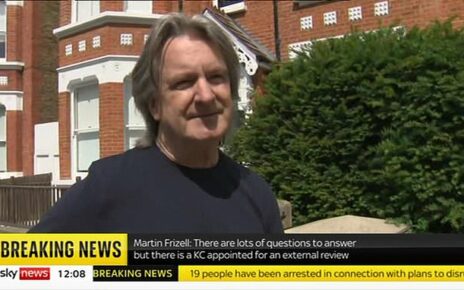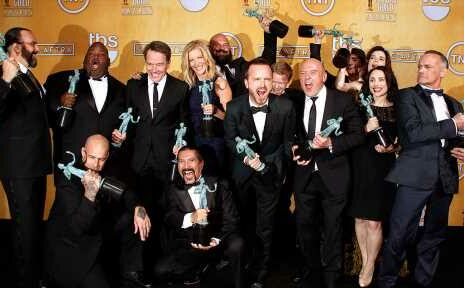Save articles for later
Add articles to your saved list and come back to them any time.
When the return of State Electricity Commission was announced, Labor said it would use $1 billion to buy a 51 per cent stake in energy and battery projects, giving the government control over how they are used to generate a return and bring down bills.
But the announcement of the SEC’s first funded project this week shows the reality behind this state-controlled electricity ambition is significantly more complicated.
The Age revealed on Thursday that the state government would provide $245 million for the 600 megawatt Melbourne Renewable Energy Hub, giving the SEC a 38.5 per cent stake in the battery project.
Ownership is not spread evenly across the MREH’s three large batteries. Two are 70 per cent owned by investor Equis and 30 per cent by the SEC.
The third and largest battery is 49 per cent owned by the commission, but a binding contract gives the SEC 100 per cent control over its capacity. This means electricity from future SEC solar and wind projects will be guaranteed for this battery as back-up storage to be provided when needed.
Although this arrangement will give the state-owned company significant control, it falls short of the 51 per cent public ownership figure touted in the signature election promise.
Victorian SEC Minister Lily D’Ambrosio is adamant the revived body will bring down power prices.Credit: Simon Schluter
Energy Minister Lily D’Ambrosio claimed this commitment related to ownership of its entire $1 billion portfolio, rather than a single investment.
But through this arrangement, the Allan government has sparked new questions about the purpose of the commission and whether its remit can be a solution to rising energy bills.
The SEC now has a seat at a table with Equis and the company’s major shareholders – including the Abu Dhabi Investment Authority and Ontario Teachers’ Pension Plan Board – will expect financial returns that may not always align with the SEC’s goal of lowering energy bills.
Rather than leveraging superannuation investment to deliver projects controlled by taxpayers, the commission is entering a partnership with the private sector.
It has this week invested in a project that D’Ambrosio on Thursday said, “would not have got over the line without the SEC coming in, doing the negotiations and getting this deal done”.
Using Victoria’s balance sheet to get potentially difficult but necessary projects underway is not bad policy. But it is a different thing to bringing back “government ownership of energy generation”, as Labor promised last year.
A clue to how the SEC will continue to operate can be found in the selection criteria used to pick its first investment. It shows projects would be favoured if they fit the commission’s key objective to “accelerate the transition away from coal by securing renewable and affordable energy for Victorians and delivers commercial returns”.
The project also had to be delivered as soon as possible and the government’s private sector partners also needed to be seeking commercial returns.
For the moment, the SEC’s main remit appears to be finding financial returns, provided they come from projects that aren’t powered by fossil fuels. The government argues this will give them the money to fund even more projects and increase supply to the point where household bills become cheaper.
Rather than taking control of generation or household retail, the SEC continues to set itself up as a player in the competitive and complicated market.
As long as this approach continues, experts will question whether this can cut prices as hoped.
Get the day’s breaking news, entertainment ideas and a long read to enjoy. Sign up to receive our Evening Edition newsletter.
Most Viewed in National
From our partners
Source: Read Full Article




